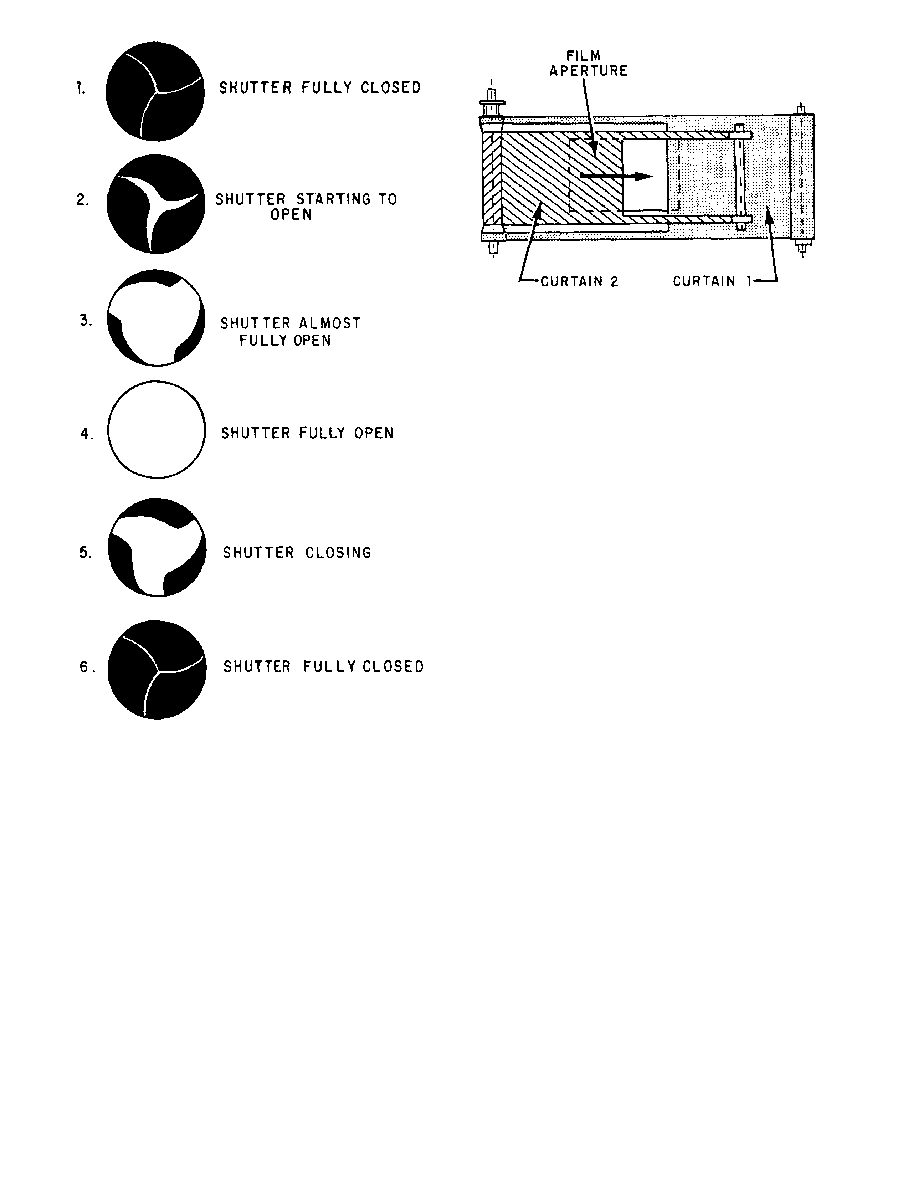
DOFMaster
for Windows
On-line
Depth of Field
Calculator
DOFMaster for Mobile Devices
On-line
Depth of Field
Table
Hyperfocal
Distance Chart
Articles
FAQ
Recommended
Books
Support
Contact
Links
Home
for Windows
On-line
Depth of Field
Calculator
DOFMaster for Mobile Devices
On-line
Depth of Field
Table
Hyperfocal
Distance Chart
Articles
FAQ
Recommended
Books
Support
Contact
Links
Home
As an Amazon Associate I earn from qualifying purchases.
![]()
used at slow shutter speeds, usually at 1/125 second and
housed entirely within the camera body and is mounted
on two rollers, one on each side of the film aperture
the other by spring tension, the second curtain follows,
forming an opening that permits light to pass from the
lens to the film. After the opening has passed, the second
curtain stops and prevents additional light from reaching
the film. In the design of focal-plane shutters, the
curtains form a slit that travels across the film aperture
to expose the film. When a slow shutter speed is set, the
follows the first curtain; in this case, the slit is quite
wide. When a fast shutter speed is set, the second curtain
quickly follows the first and only a narrow slit is formed.
second. Some focal-plane shutters can be as fast as
for an indefinite period of time. At the setting marked
"T" (time), the shutter opens the first time the shutter
release button is depressed and remains open until the
shutter release button is depressed again. At the setting
marked "B" (bulb), the shutter remains open as long as
the shutter release button is depressed, but closes as soon
as it is released.
particular setting on the shutter speed scale. Unlike
f/stops, the shutter speed you select must align exactly
with the index mark You cannot select a shutter speed
in between two indicated shutter speeds. On the shutter
Basic Photography Course

As an Amazon Associate I earn from qualifying purchases.
WWW.DOFMASTER.COM
© 2006 Don Fleming. All rights reserved.
© 2006 Don Fleming. All rights reserved.